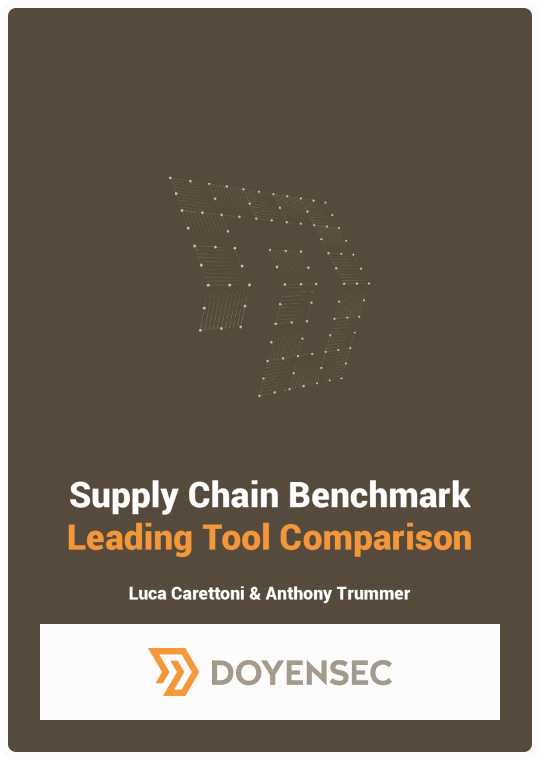Semgrep vs Github Advanced Security
Switch from Github to Semgrep and give developers 20+ hours back per review cycle.
Semgrep vs Github Advanced Security
Switch from Github to Semgrep and give developers 20+ hours back per review cycle.


Precise AppSec that speaks your language, not the other way around
CodeQL and Dependabot generate too many false positives, making automation impossible without negatively impacting developers.
Semgrep's accuracy, simple policies, and PR experience make automations something that developers love, not hate.
CodeQL struggles with per-language complexity, build-step headaches, and CI/CD slowdowns, making it hard to scale across an organization.
Semgrep just works - quickly, across 40+ languages, and any number of repos.
An autofix for a false positive is just noise at scale.
Semgrep uses AI to filter out false positives, flag breaking changes in upgrades, and so much more.
Smarter, not noisier
Teams using Semgrep see a 20% reduction in triage workload compared to pure static analyzers like CodeQL.
Semgrep Supply Chain's dataflow reachability analysis reduces false positives by 98% compared to Dependabot.
Coverage, scale, and operations
Accuracy (SCA)
Accuracy (SAST)
Secrets scanning
Prioritization and remediation (SCA)
Prioritization and remediation (SAST)
Semgrep vs. Dependabot in the wild
Dependabot generates excessive noise for development teams, and burdens already time-strapped AppSec teams with extra work to verify vulnerabilities.
Semgrep's dataflow reachability analysis dramatically reduces false positives, as confirmed by Doyensec research.
Comparison also includes Snyk Open Source.

Experience AppSec that's smarter, not noisier
Leading engineering teams use Semgrep to secure their code earlier in development, without impact to developer velocity.